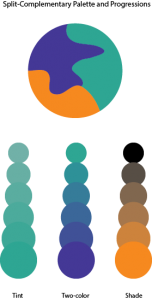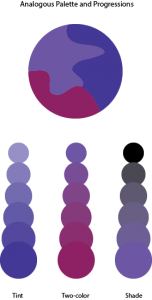Inspired by Tom Phillips’ humument, New York city artist, Marcus Ceron creates Wonderfilled using old material. By Re-configuring Brian Zelzack’s Wonderstruck, Ceron juxtaposes the themes of realism and fantasy. Juxtapositions are observed through a novel that discusses realistic journeys and through poems exploring copious impossibilities . Wonderstruck also displays how all things can relate to one another, so for this purpose, Ceron uses numerous fantasies to project how humans are unique in their own way. Words are a means of communication and has been for many years. Aside from type, visuals are another way to speak to viewers. Starting as far back as hieroglyphics, graphics posses a great power in grabbing attention. Together both type and visual embody a powerful strategy for communicating fantasies onto book pages. Through three works of art, Ceron demonstrates the overlaps of fantasy and reality.
In the two page spread, The lightness of dark, Ceron articulates a story about believing in fairies. Using marker to block out areas, Ceron left words that worked coherently and spoke of a fantasy. With remaining space, he incorporated visuals of fairies. A cut out was applied to expose words from pages beneath and to create depth. The power of placment helps direct the viewer around the image. Fantasy tranlated visually with the help of color, placement, and focus.
For Treasure Island, fantasy was displayed through a fictional world. In Ceron’s artwork, a young girl opens a bush to witness a candy utopia. Emphasizing variety, a broad range color scheme was chosen. To focus attention, a one point perspective was used. His piece juxtaposes the idea of realism because such a place could never exist.
For the last work of art, Glowing curious, the design tactic of simpicity was kept consistent throughout. Using a page of all words, Ceron articulated a poem revolving around super powers. Simplicity was kept by using a minimalistic layout that featured a poem in the center and the visual on the bottom. Ceron used color pencil as his medium and stars to select words.
In all, Ceron takes on a dream like approach by talking about fantasies as if they were memories. But using visual and English language, Ceron personifies fantasy in to book pages. Contrast can be found in many forms whether it be color, size, shape, etc.. but sometimes two things that contrast can work together harmoniously. If there are two elements that work against each other, there is always a way to find common ground.




